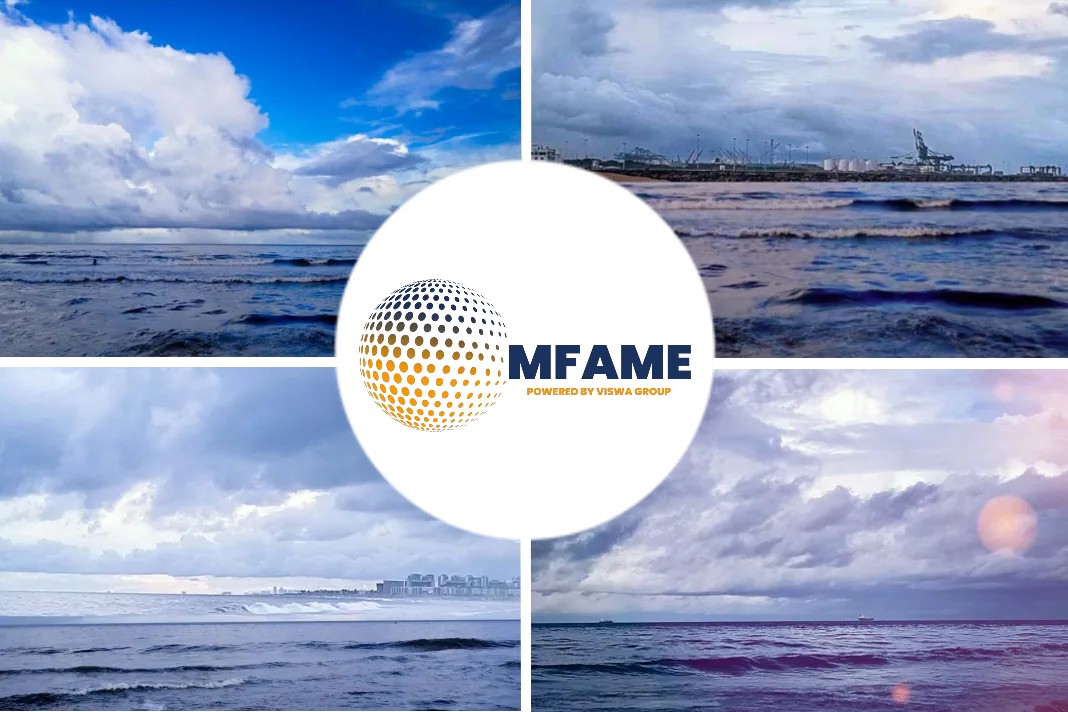The maritime industry is moving full steam ahead toward overhauling how ships get their power despite dissent from some vessel owners over the impact to their operations and concerns from shipping customers over how costs will be shared across supply chains, says an article published in The Wall Street Journal.
All Set To Go?
“We are all set to go,” said Kitack Lim, secretary-general of global shipping regulator the International Maritime Organization. “Compliant fuel will be available and it’s working very well in trial voyages.”
Mr. Lim’s assurance in an interview came as a major step in maritime environmental efforts nears with the implementation of a mandate starting Jan. 1, 2020, to sharply reduce maritime sulfur emissions. Ships will have to use cleaner fuels that are still under development and may cost up to 50% more than traditional fuel known as bunker, or they will have to be fitted with sulfur-trapping exhaust systems called scrubbers that go for as much as $10 million per ship.
Cost & Impact on Shipping
“The impact on shipping in terms of cost to protect the environment will be the biggest in history,” Mr. Lim said on the sidelines of the International Shipping Week conference here. “It’s a huge change.”
The change begins on Jan. 1, when some 60,000 ocean-going vessels will have to cut their sulfur emissions by more than 80%. That will be the first in a series of steps the global maritime industry will take in the coming years that will push carriers into uncharted waters in terms of operating costs and fundamental questions such as what will power the vessels of the future.
How Shipping Is Complying?
- To comply with the 2016 Paris climate accord, IMO members have also agreed to slash greenhouse-gas emissions by half by 2050, compared with 2008 levels. Ships now contribute up to 3% of the world’s global pollution, an amount comparable to that of major emitting countries.
- Shipping executives say the low-sulfur directive, mandated by the IMO, the United Nations’ shipping regulator, alone will add around $50 billion in new fuel costs over the next three to four years.
- Vessel operators have warned cargo owners to expect substantially higher freight rates, and that part of the cost will likely be passed on to consumers that buy products from retail giants like Walmart Inc., Amazon.com Inc. and Target Corp.
No Extensions
The sulfur directive has been in the works for more than a decade. With just months to go before it takes effect, however, big owners from some of the world’s top shipping countries such as Greece have been pushing for extensions, arguing that low-sulfur fuels developed by refiners like Exxon Mobil Corp. and Royal Dutch Shell PLC, won’t be available in many ports and haven’t been tested enough to demonstrate that they will work with contemporary ship engines.

No Fuel Shortage?
Mr. Lim said new fuels may not be available from day one in some ports in Africa, the South Pacific and the Caribbean. But he said he expects no shortage of low-sulfur fuel on major trade routes between Asia and Europe and Asia to the U.S.
Some owners that charter their ships say privately that they expect to use an exemption allowing vessels to use the cheaper, high-sulfur bunker oil if the new fuel blends are not available. That may lead to attempts to abuse the exemption, Mr. Lim said, but he insists enforcement around the world will be strict.
“There are always good guys and bad guys,” Mr. Lim said. “But if an operator can’t prove beyond doubt that it can’t get cleaner fuel, ports are mandated to impose severe penalties. There will be high fines and the non-compliant fuel will be unloaded. You can’t get away by breaking the law.”
Scrubber Use Expected
He said he also expects the use of scrubbers, which some environmental groups view as a tool to sidestep the regulations, will likely run out over time. Ships have a 20- to 25-year lifespan so any new orders over the next decade will have to be for vessels with new designs that will almost certainly have to rely on alternative fuels or other means of propulsion.
“The International Energy Agency estimates that by 2025 there will be some 5,000 ships using scrubbers—around 30% of total tonnage—but it will stop there,” he said.
Fuel represents up to a quarter of a ship’s operating expenses, and Mr. Lim said the cost of turning to new fuels will have to be absorbed throughout supply chains.
“If shipping companies take on all the cost, they will collapse,” Mr. Lim said. “But compared to the value of the cargo, price increases to consumers will be very small.”
The U.K.-based Energy Transitions Commission said in a report at the London maritime event that shipping’s entire decarbonization process would likely add less than 1% to the cost of a $60 pair of jeans.
Did you subscribe to our daily newsletter?
It’s Free! Click here to Subscribe!
Source: The Wall Street Journal






















